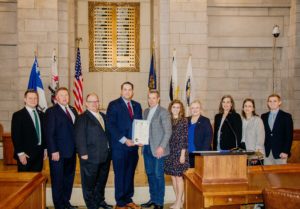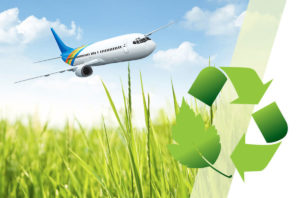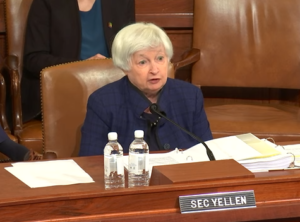 U.S. exports of both ethanol and the co-product dried distillers grains (DDGS) were higher in March, according to the latest analysis from the Renewable Fuels Association.
U.S. exports of both ethanol and the co-product dried distillers grains (DDGS) were higher in March, according to the latest analysis from the Renewable Fuels Association.
March U.S. ethanol exports increased 15% to a 23-month high of 159.3 million gallons (mg), with 97% bound for just ten markets.
The largest share (30%) transferred to Canada, our top customer for the 36th consecutive month despite a 1% decrease from February. Denatured fuel ethanol accounted for 93% of the 47.6 mg crossing the border. Exports improved by 61% to India (21.5 mg) and doubled to the European Union (20.0 mg)—primarily shipped to the Netherlands. Other larger markets included the United Kingdom (19.0 mg, -10%), Singapore (13.5 mg, +124% to a record high), Colombia (12.0, -20%), and South Korea (7.5 mg, +99%). Brazil remained absent from our export market, continuing a 22-month run. Year-to-date ethanol exports totaled 448.3 mg, which is 27% more than last year at this time.
DDGs exports were up 7% to 1.06 million metric tons, which is the the largest volume since June 2022.
Shipments to Mexico scaled back 34% to 171,815 mt yet were robust enough to secure its position as our largest customer for the third straight month. Exports bolstered to other larger markets, including South Korea (up 8% to 142,829 mt), Turkey (quadrupled to 122,027 mt), Indonesia (up 29% to a 4-year high of 111,044 mt), Vietnam (up 39% to 90,807 mt), Colombia (doubled to a record 73,304 mt), and Canada (up 13% to 55,967 mt). The remaining 30% of U.S. DDGS exports were dispersed across 32 countries worldwide. Year-to-date DDGS exports totaled 2.94 million mt, 21% ahead of last year at this time.










